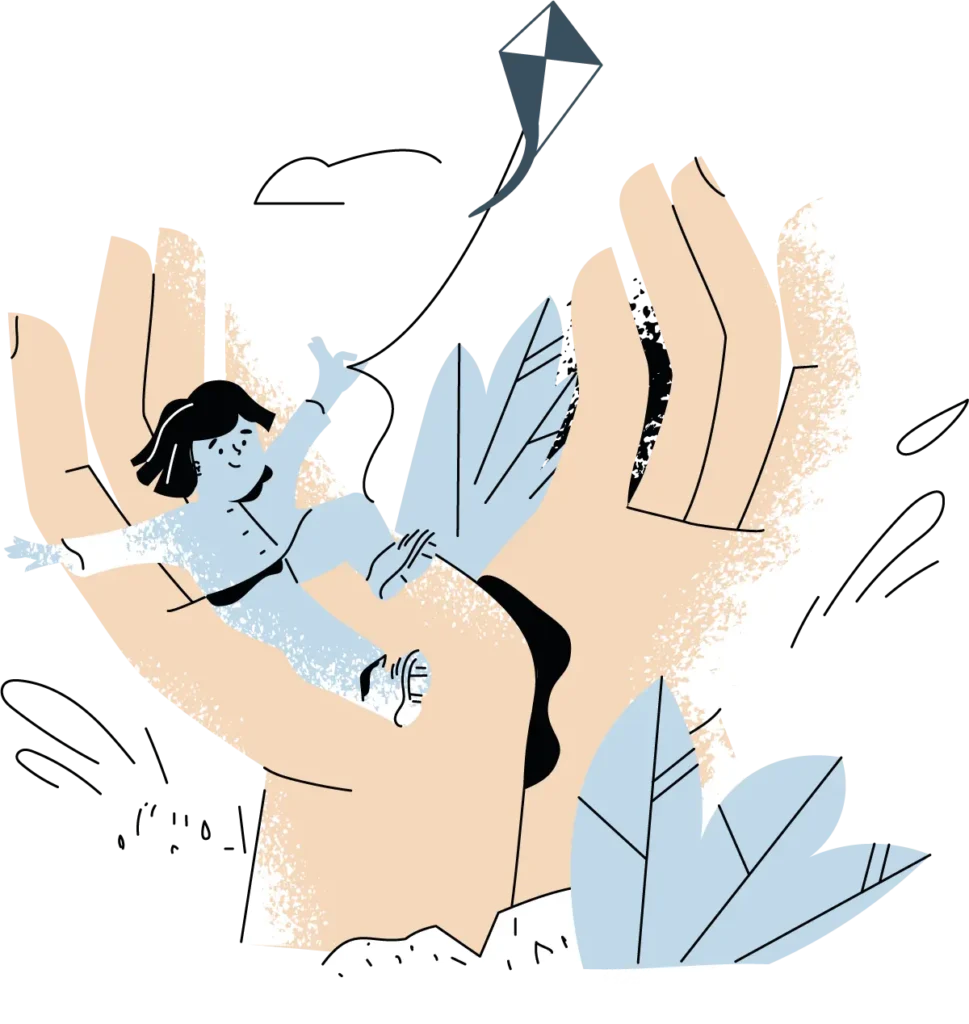What Is Visual Tracking in Childhood?
Visual tracking in childhood is tracking information from left to right and from one place to another. This skill is most often used in the classroom, when the teacher has written something on the whiteboard that your child is required to copy down onto a piece of paper.
Many children report that it is hard for them to copy off the board. It may be that your child has difficulty taking notes or writing down homework assignments that are seen on the board in the classroom.
Tracking is important because it impacts reading, writing, and learning in the classroom.
Symptoms of Visual Tracking Issues in Children
- Taking a long time to write down homework from the board: your child is not able to see correctly what is on the board
- Trouble taking notes: your child may regularly complain or cry when asked to copy down notes or write down a list of instructions
- Fatigue copying down directions: your child struggles significantly to copy information from one place to another
- Difficulty visually tracking what they are reading: your child might read “Homework tonight: Math Lesson 3.4 and Spelling list #11” as “Mathon 304 list 11”
- Fails to get information written down in the right order: your child mixes up the order of the information they write down
- Visually losing their place in a book: your child uses their finger to move along the words while reading
- Struggles playing ball games: your child struggles with playing balloon toss, baseball, or ball games
Causes of Visual Tracking Issues in Children
- Visual sequencing: the ability to put things in order or notice the sequence visually, that is, seeing where the words are and following along with the correct order
- Visual memory: the ability to see something on the board and to remember it long enough to copy it down
- Attention: the ability to pay adequate attention to a task otherwise visual tracking will suffer.
- Processing speed: the ability to work within a time limit. Sometimes very bright children may work slowly and this will impact their fluency in visual tracking, reading and writing
- Fine motor: the ability to use fine motor movements to copy information quickly. When fine motor movements are slow this could cause writing to be laborious and effortful. This issue of copying off the board can cause problems as the child moves to upper elementary, middle school, and high school. The copying and writing demands are likely to increase.
What to Do About Visual Tracking Problems in Children
Tracking is important because it can be a key skill for learning in the classroom.
If your child struggles with visual tracking, copying from the board or fine motor skills, first try a few classroom accommodations. Some potentially helpful accommodations include:
- Allow your child to use a smartphone to take a picture of each assignment, instead of attempting to copy it from the board
- Use a notecard with an arrow pointing up for reading assignments. Ask your child to use the note card under each line they read. This is especially important for emerging readers in kindergarten or first grade
- Ask your child’s classroom teacher if your child can sit close to the board
- Have your child get copies of the notes from a classmate
- Request that your child receives extra support in understanding visuals like graphs and tables
- Allow your child to use a raised surface, such as a slant board or binder
- Place a sticker to show where the start and end spots are on a piece of text that your child is supposed to read or copy
- Reduce visual distractions in the room whenever possible such as distracting posters or charts from old assignments
- Talk to your child’s school about enlarged reading materials. Larger text may be easier to track
Activities to help strengthen your child’s visual tracking abilities
Here are more ideas, provided by Joni Hjalmquist, an Occupational Therapist and expert.
- Puzzles: Completing puzzles, dot to dots, and mazes
- Marble pan: Place a marble in a pie pan and rotate the pan in all directions. See if your child can watch the marble without moving their head.
- Marble art: You can put paint on a marble and put paper on the bottom of the pan to make a painting
- Marble run: You can use a magnetic marble run to help your child track the marble as it goes down a track. This is a fun way to engage with your child while working on visual tracking skills
- Laser pointer: You can point around the room with a laser pointer. See if your child can follow the point without moving their head. Make sure the laser pointer is safe to use and supervised the entire time by an adult
- Zoomball: Playing Zoomball is a great way to work on visual tracking
- Balloon toss: Playing a game of balloon toss and encouraging your child to track the balloon as they hit it can help your child learn to visually track across the room or the field
- Flashlight I-Spy: Using a flashlight and having your child find different items around the room in a game of I-Spy is a great way to work on visual tracking skills
- Ping Pong ‘Ref’: Watching others play ping-pong, is another way to work on tracking. Have your child visually follow the ball as it goes back and forth across the table
- Magazine search: Reading a story or magazine article and circling all of the a’s or o’s, can help your child visually scan across the page
When to Seek Help for Issues Tracking Across the Page in Children
If challenges continue after attempting some of these interventions, consider a psychoeducational evaluation to look closely at your child’s learning and processing strengths and weaknesses related to writing, fine motor coordination, and attention. This can be conducted by a licensed school psychologist in private practice, licensed psychology practice, or any center with an occupational therapist who does assessments for visual tracking.
Further Resources on Visual Tracking in Children
- Physical therapist: to assess and treat gross motor coordination; to help with large muscle groups and movement
- Occupational therapist: to assess and treat fine motor skills and sensory integration needs
- Psychologist or neuropsychologist: to consider symptoms in context, may be related to visual spatial problems, attention, or learning
- Developmental ophthalmologist: to look at visual tracking and to determine whether your child has a need for glasses or another medical intervention
Similar Conditions to Visual Tracking Issues in Childhood
- Shifting attention: the ability to shift focus back and forth between stimuli
- Focused attention: the ability to maintain attention to a task in the absence of immediate reinforcement, which means that the child may not be able to keep working on something or stay on task because of challenges with focus. A significant amount of attention is required to handwrite something. Often, in cases of poor sustained attention, it is also essential to look at processing speed and how processing speed may relate to a child’s success in the classroom
- Motor planning: the ability to plan and execute motor movement. That is, the ability for your child’s brain to send signals to your child’s fingers to start moving in a certain direction
- Depth perception: the ability to judge the distance in space between the child and other objects in the visual field
- Spatial reasoning: the ability to see how objects fit together
- Coordination: the ability to move smoothly and swiftly, including running, walking, catching a ball, and kicking a ball
- Learning: the ability to achieve academically in reading, writing, math, and general study skills
- Body space awareness: the ability to judge the body’s position in space and to maintain appropriate proximity to others during social interactions
References on Visual Tracking
Amundson, S., & Schneck, C. (2010). Prewriting and handwriting skills. In Case-Smith, J., & O’Brien, J. (Eds.). Occupational therapy for children (681-711). St. Louis: Mosby.
Debrabant, Julie; Vingerhoets, Guy; Van Waelvelde, Hilde; Leemans, Alexander; Taymans, Tom; Caeyenberghs, Karen. Brain Connectomics of Visual-Motor Deficits in Children with Developmental Coordination Disorder. The Journal of Pediatrics, Volume 169, 21 – 27. e2.
Trawick-Smith, Jeffrey (2013). Early childhood development: A multicultural perspective.

